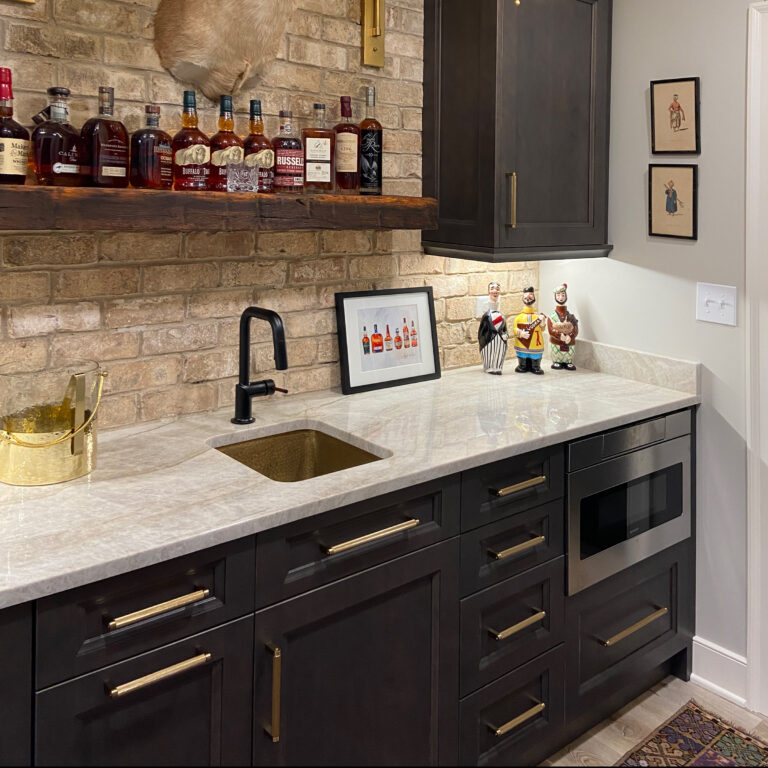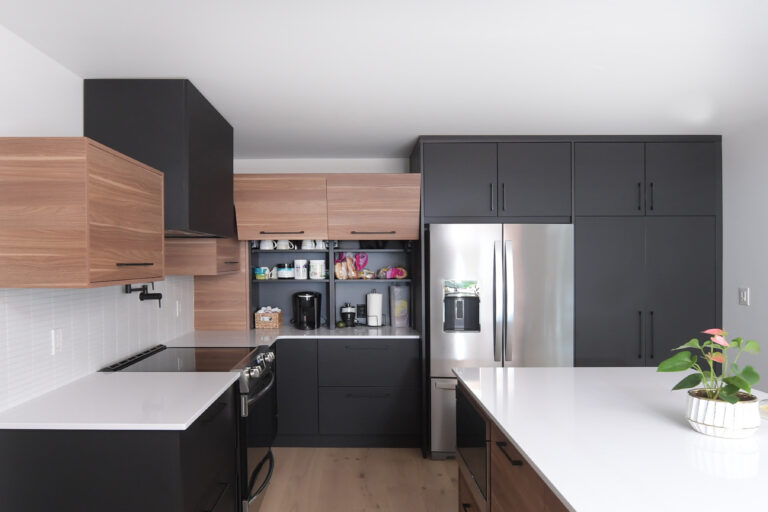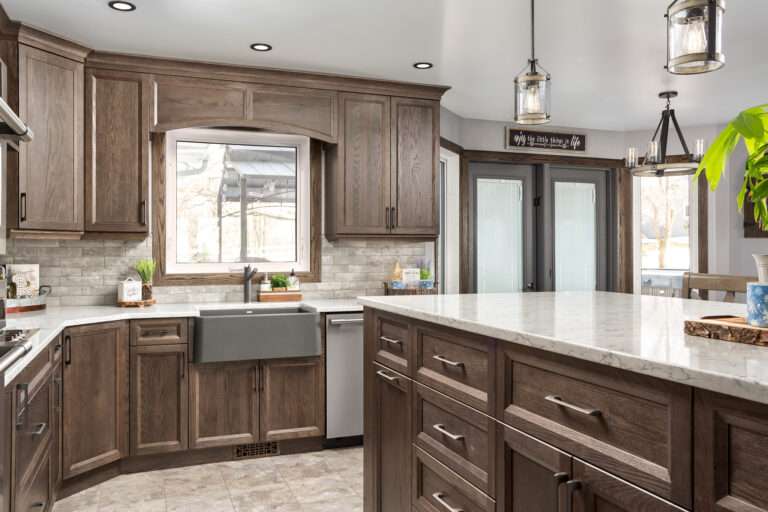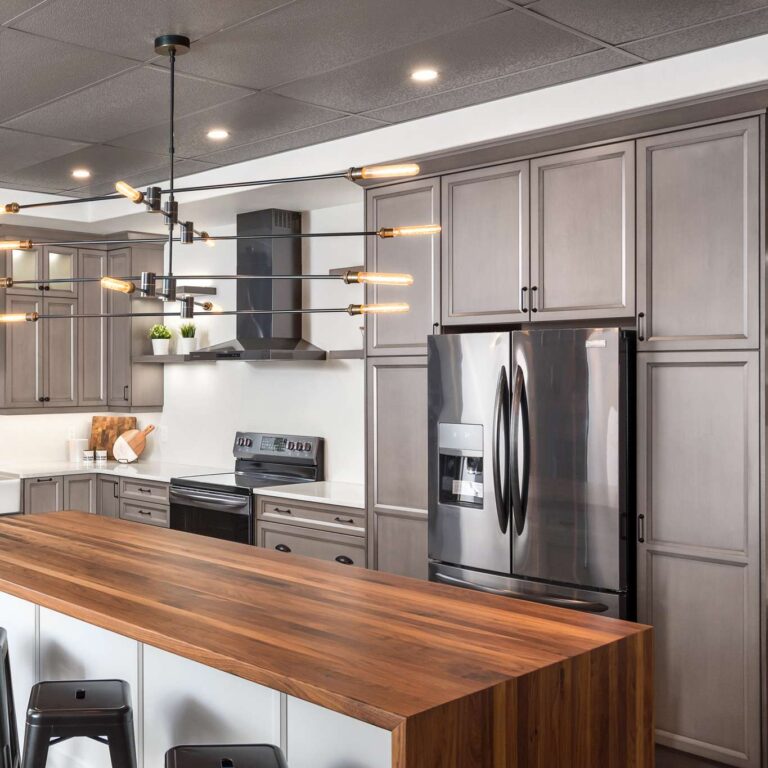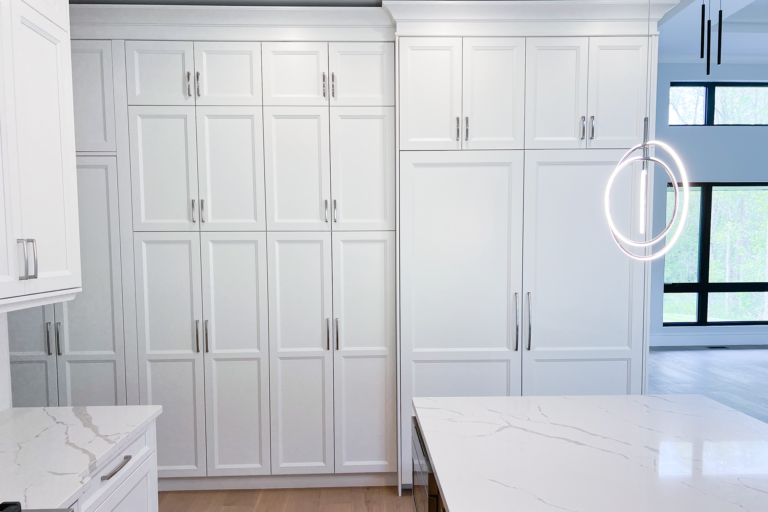Have you heard of wellness-centered design?
Research suggests that wellness-centered design (or health and wellness in home design) has a powerful impact on mental and emotional health, especially during the colder months.
As winter settles in, the shorter days and chilly air can leave us feeling sluggish, restless, and in need of a little extra warmth, both physically and mentally.

What does health and wellness in home design mean?
Wellness-centered design is all about creating spaces that support your overall well-being—physically, mentally, and emotionally. It goes beyond aesthetics to ensure that your home actively contributes to a healthier lifestyle.
Health and wellness in home design have become a major focus in recent years, with more people looking for ways to make their spaces feel better to live in. This means prioritizing natural light, improving air quality, using non-toxic materials, and incorporating elements of nature to reduce stress. The goal is simple: a home that doesn’t just look good but actually helps you feel good, too.
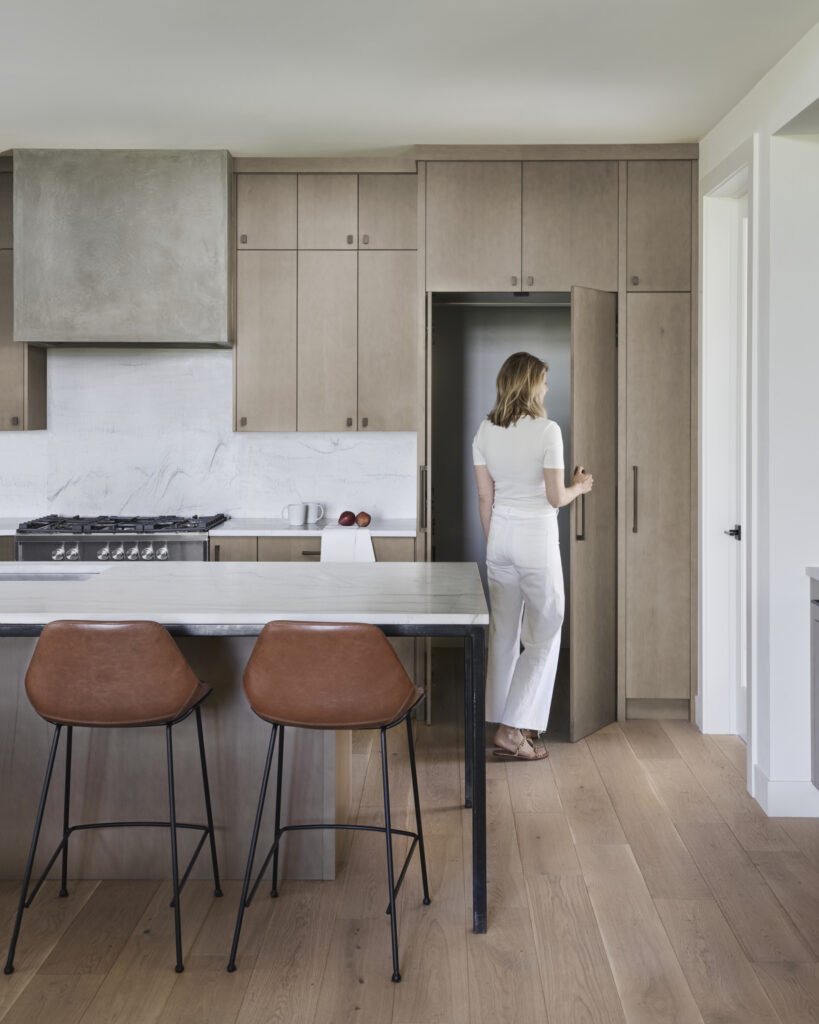
4 Ways Your Kitchen Can Support Your Health and Wellness
Here are four unexpected ways your kitchen’s design, colors, and even scents can help you feel more balanced and refreshed this season.
1. Noise Reduction for Health and Wellness
Noise is one of the biggest culprits of stress in our everyday lives. Studies from the World Health Organization (WHO) indicate that reducing background noise by just 5 decibels can significantly lower anxiety and stress levels.
Imagine starting your morning in a space where soft-close cabinetry and noise-dampening surfaces eliminate harsh clatter, turning your kitchen into a peaceful retreat rather than a source of stress.
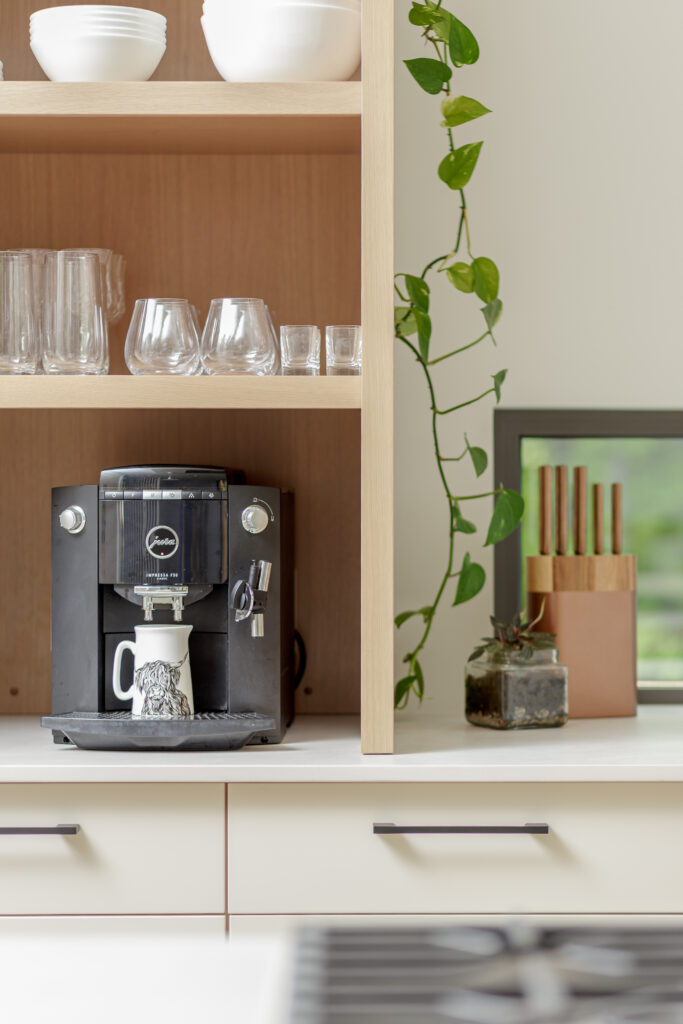
2. Scents to Improve Mood and Wellness
Aromas have a direct line to our emotions. According to research from Frontiers in Psychology, scents like vanilla, cinnamon, lavender, and citrus can lower anxiety and boost feelings of comfort and happiness.
Whether it’s the warm spice of a simmering pot of mulled cider or the crisp brightness of a citrus-scented candle, the right fragrance can make your kitchen feel like a cozy sanctuary.
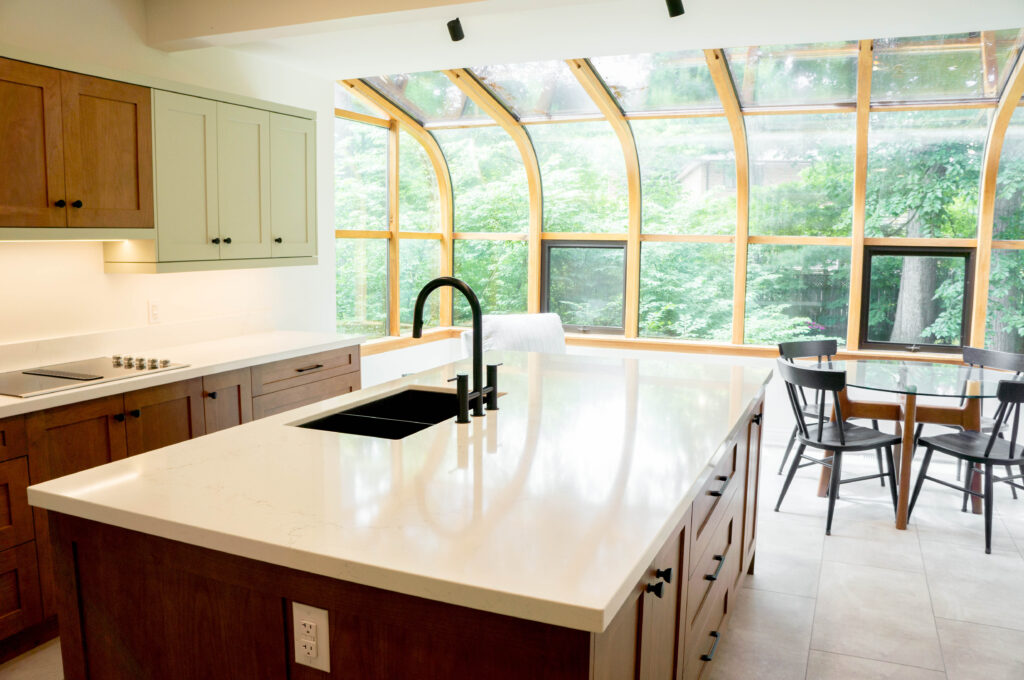
3. Color Impacts Health and Wellness in Home Design
Color is about how a space makes you feel. Studies show that warm hues like reds, oranges, and yellows can energize and uplift, while cooler tones like blues and greens encourage relaxation and calm. A well-balanced color palette in your kitchen can subtly shift your mood, making those dark winter mornings feel a little brighter.
4. Hydration for a Healthy Life
Hydration is a health habit that supports cognitive function and emotional balance. A dedicated hydration station, whether it’s a built-in water filtration system, a stylish coffee bar, or a calming tea nook, makes it easier (and more enjoyable) to stay hydrated throughout the day.
Bonus: It also encourages mindful pauses, giving you a moment to slow down and reset.

Health and Wellness in Home Design is for Every Season
Winter may bring shorter days and colder nights, but your home doesn’t have to feel dull or draining. By incorporating thoughtful design choices, like noise reduction, mood-enhancing scents, strategic color palettes, and hydration hubs, you can create a kitchen that looks beautiful and actively supports your well-being.
Because good design is about how a space makes you feel. And that’s something worth investing in, season after season.
Post Views: 592


